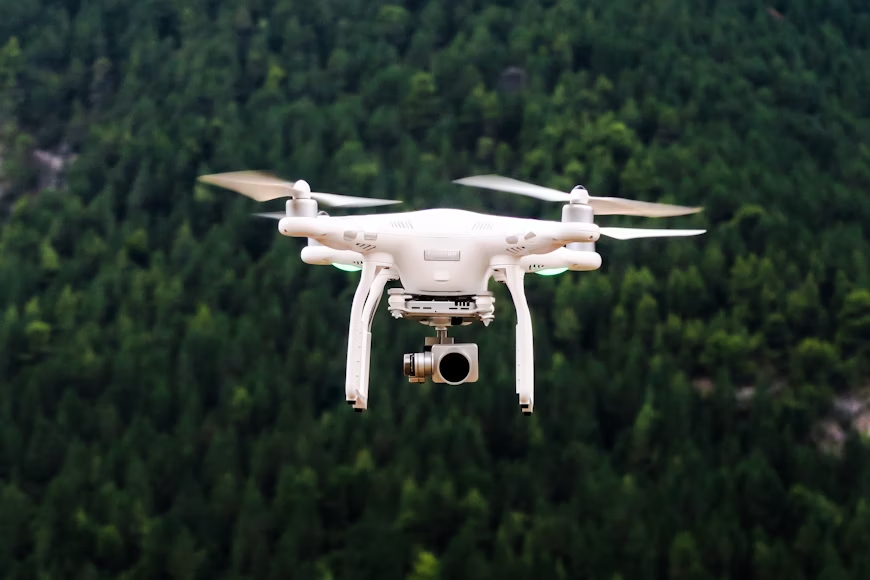August 12, 2024
Amazon has officially rolled out its Prime Air drone delivery service in select U.S. cities, marking a major leap toward the future of logistics. With this initiative, Amazon aims to expedite last-mile delivery and reshape the e-commerce industry. The autonomous drones, designed to carry packages weighing up to five pounds, offer delivery speeds of under 30 minutes—significantly improving shipping efficiency.
Prime Air: Revolutionizing Delivery Speed and Efficiency
The Prime Air drones are equipped with cutting-edge AI and sensor technology, allowing them to navigate both urban and suburban environments autonomously. Amazon’s investment in drone technology, which has spanned over a decade, has led to this momentous launch. The drones are capable of delivering smaller packages such as electronics, medications, and everyday household items, which are often needed quickly.
Amazon has secured Federal Aviation Administration (FAA) clearance, allowing the company to expand its drone operations. This regulatory approval marks a critical milestone in Amazon’s vision to streamline delivery services and meet customer demands for faster shipping times.
Initial Rollout in California and Texas
The service is initially available in select areas of California and Texas, where Amazon has established dedicated drone fulfillment centers. Customers in these regions can now opt for drone delivery on qualifying orders. Upon reaching their destination, the drones safely lower packages via a tether system to ensure precise drop-offs without risk to property or individuals.
For Amazon, Prime Air represents a bold step forward, aiming to cut down on delivery times and reduce operational costs. The service has the potential to transform the shipping industry by enabling deliveries that can be made within hours, if not minutes, of an order being placed.
Challenges and Considerations
Despite the promise of faster deliveries, several hurdles remain. The drones are required to operate within FAA regulations, including maintaining designated flight paths and avoiding restricted airspace. Furthermore, concerns over noise, privacy, and the reliability of autonomous drones are prominent. The FAA’s oversight and potential local restrictions could limit Prime Air’s scalability in certain areas.
In response to these concerns, Amazon has implemented real-time monitoring systems and AI-powered obstacle avoidance features to mitigate risks. The company is also engaging in community outreach programs to educate the public about the safety protocols in place.
The Road Ahead for Prime Air
Amazon plans to expand Prime Air’s availability to more cities throughout the next year, with the goal of establishing a robust infrastructure for drone deliveries nationwide. If successful, the service could revolutionize last-mile logistics, making same-day or even same-hour deliveries a common expectation for consumers.
As the technology continues to evolve, Amazon’s Prime Air drones could serve as a model for other companies exploring autonomous delivery methods. The coming months will be critical in determining whether drone delivery can become a mainstream solution in the logistics sector.


